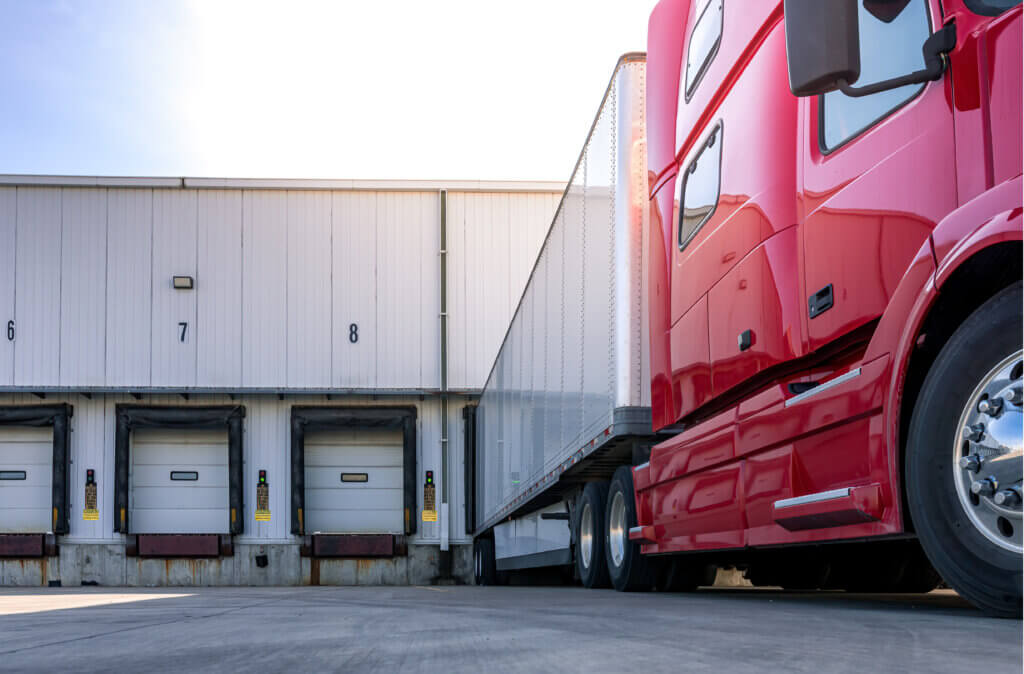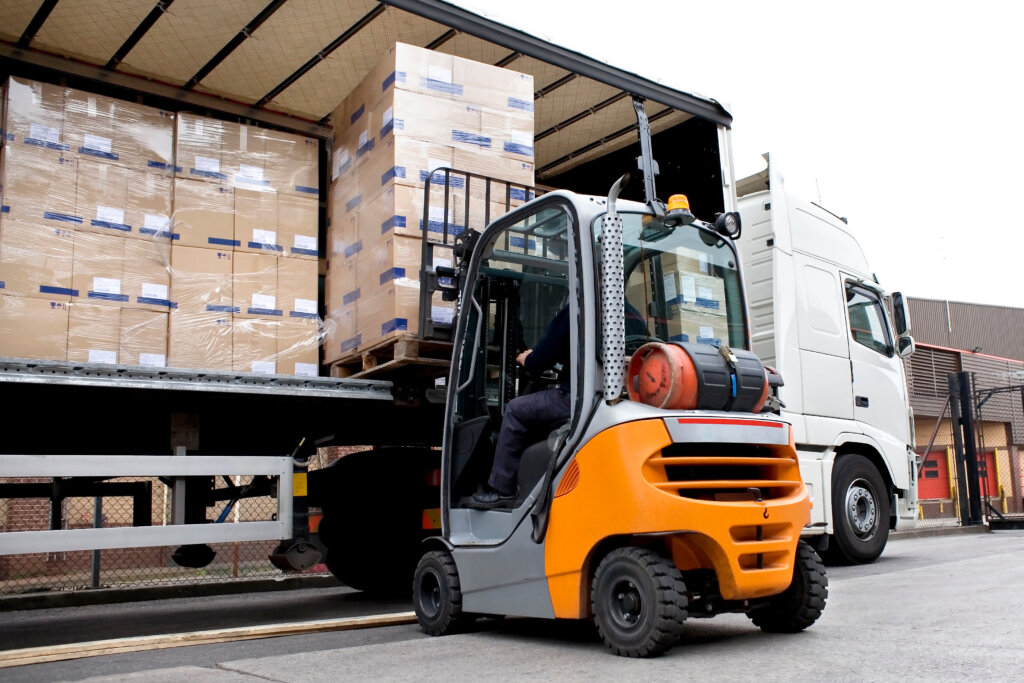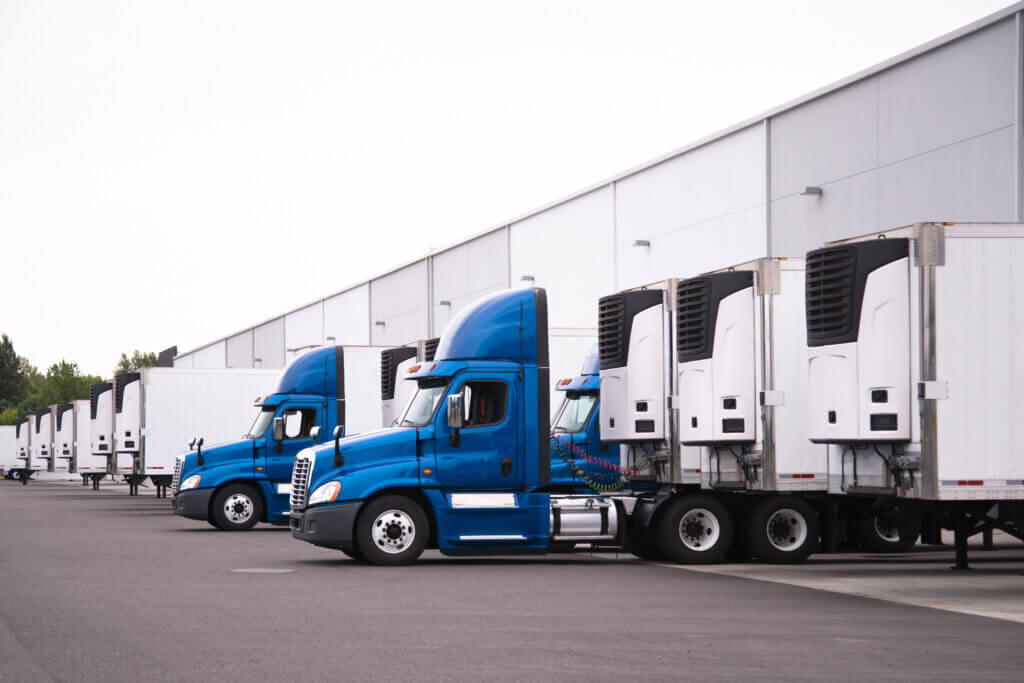When it comes to transporting freight, there is an abundance of shipping options available, making the selection process for the most appropriate shipping mode quite daunting for any business. In truth, the various shipping options have remained unchanged over the years, with full truckload and less-than-truckload being the most common. Yet, the dynamic nature of the supply chain and the logistics industry has resulted in alterations to freight transportation strategies and the implementation of less-known strategies such as partial truckload shipping.
Additionally, with several carriers implementing changes to their tariffs, which determine the requirements and pricing for transporting freight, businesses need to modify their shipping strategies. Medium to large-scale companies looking to explore the most favorable option for their shipment must have come across the FTL vs. PTL shipping argument. As such, we explore the differences between both modes and identify the best circumstances for them.
Understanding FTL and PTL Shipping

For most businesses, inland freight transportation revolves around two prevalent modes – full truckload and less-than-truckload shipping. And while these shipping modes cover a significant amount of companies, there are shipping requirements that neither suit FTL nor LTL shipping.
Partial truckload shipping is a tradeoff between FTL and LTL. It aims to serve companies looking to ship freight too oversized for LTL shipping but not large enough to fill a full truckload. Shipping significant quantities of products may impose a real logistic challenge for many businesses, even with all the available options. Hence, having a comprehensive understanding of the types of shipping is vital to more efficient shipping.
● Full Truckload
As the name implies, full truckload is a shipping mode in which a single dedicated truck is filled with loads belonging to a single shipper. This type of shipping is ideal for large-scale companies requiring frequent shipments of significant cargo. Freight transported through this mode usually weigh about 20,000 pounds or more.
Total truckload shipping offers high efficiency in terms of transit time, as the truck is loaded at a single location and delivers its cargo directly to its destination without any stops. However, this advantage comes with a hefty price, as FTL shipping tends to be the most expensive among all shipping modes. The benefits of FTL shipping, in terms of fuel, equipment, and labor costs, are mostly maximized when the truck is fully loaded.
● Partial Truckload
Partial truckload (PTL) shipping can also transport significant amounts of cargo that may not be enough to fill a truckload. PTL shipping serves as a tradeoff between FTL and LTL shipping by blending some aspects of both options to create a strategy for shippers with unique requirements.
Like full truckload, PTL shipping offers direct shipment; however, the freight is consolidated with other loads intended for similar destinations. Despite this consolidation, PTL’s direct shipment ensures a reduced risk of damage to goods as the shipment goes through less handling. Furthermore, the absence of intermediate terminals results in a transit time that is typically shorter than other shipping modes.

Difference Between FTL and PTL Shipping
Full truckload and partial truckload shipping are two different modes of freight transportation that feature similar elements, especially regarding direct shipment. However, they are also quite different, with the significant distinctions between both methods evident in the amount of cargo shipped and the cost of shipping freight.
The weight requirement for partial truckload shipping is typically between 8,000 and 28,000 pounds and contains anywhere from 8 to 18 pallets. On the other hand, freight transported with FTL shipping usually weigh 20,000 pounds upwards. However, an FTL freight load in the United States cannot exceed 80,000 pounds without a special permit. This is because the federally allowed gross vehicle weight for commercial trucks is 80,000 pounds.
The pricing is another significant difference between FTL and PTL shipping. For PTL shipping, multiple smaller shipments from different companies are consolidated and transported on the same truck. Each cargo is separated, secured in the trailer, and delivered to its final destination. This makes PTL a cost-effective option for companies that do not have enough load to fill an entire truck, and the pricing is subject to certain factors, such as the base fee, weight, distance, and accessorial fee.
In FTL shipping, a single dedicated truck carries a shipment from one location to another, making it the most efficient mode of transportation in terms of transit time and the lowest risk of damage. However, it is the most expensive shipping mode, and the rates are more straightforward. Some factors that impact the cost of FTL shipping include; mileage, season, lead time, and present fuel costs.
The ideal scenario for total truckload shipping is when you have a large shipment that can take up an entire truckload or at least a vast majority of the truck. It’s also ideal for time-critical loads. On the other hand, shippers prefer PTL shipping for low-density freight with items that take up a lot of space but don’t weigh a lot.
Which Is Better For You?
Selecting the appropriate shipping method can be a complex task, especially if you are unfamiliar with the various options available. It is important to note that no single shipping method is the “right” choice, as the most suitable option will depend on specific shipping needs. To help make the process easier, here is a brief guide to help you choose between full truckload (FTL) and partial truckload (PTL) shipping.
● Cargo Volume
The cargo volume is the first factor that helps in the decision process. FTL shipping has a weight limit of 20,000 to 80,000 pounds, and shippers opt for this mode if their freight falls within this weight limit and physically takes up a vast majority of the trailer. The weight limit of PTL shipments is 8,000 to 28,000. Hence, it will be best to use this option for high-density freight that takes up space without weighing much, as long as it does not contain more than 18 pallets.
● Transit Time
FTL and PTL shipping offer direct shipment, which results in fast transit time. However, partial truckload shipping consolidates several shipments and delivers them to their destination. Multiple stops for delivery extend the transit time for PTL shipping. On the other hand, FTL shipping is generally much faster due to the absence of intermediate connections, making it the most efficient mode of transportation.
● Cost
Exploring a more efficient and faster service offered by FTL shipping requires extra costs. FTL shipping is more expensive because it requires a dedicated truck for each shipment. PTL is more cost-effective for smaller shipments as multiple freight is consolidated and transported on the same truck.
● Flexibility
Shippers that can cope with flexibility in terms of delivery schedule should opt for partial truckload shipping. With PTL shipping, delivery schedules are not precisely coordinated, allowing for changes to the plan. However, if you run a strict supply chain that requires a precise delivery schedule, it would be best to engage a dedicated truck to deliver your freight.

Conclusion
PTL and FTL shipping has many overlaps, making the selection process complex. For instance, they offer direct shipment, making them ideal for fragile freight. The best approach to deciding between the two is to consider your shipment’s specific needs, requirements, and priorities as a shipper.
In some cases, the choice may be clear-cut, such as for shippers with enough load to fill a trailer. But in other cases, it may be more complicated. In such scenarios, it is best to consult a third-party freight broker who can provide valuable guidance on the best option that suits your shipping needs.
